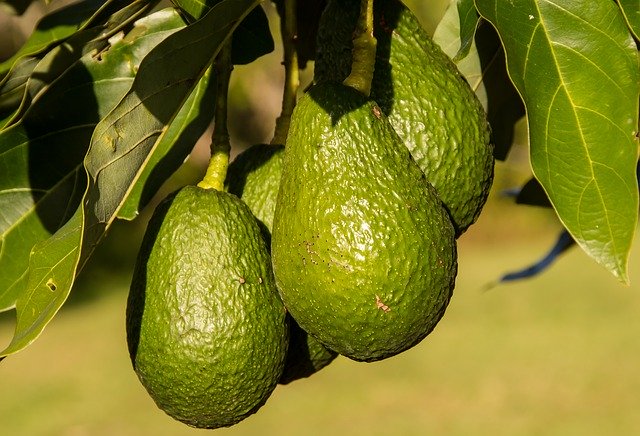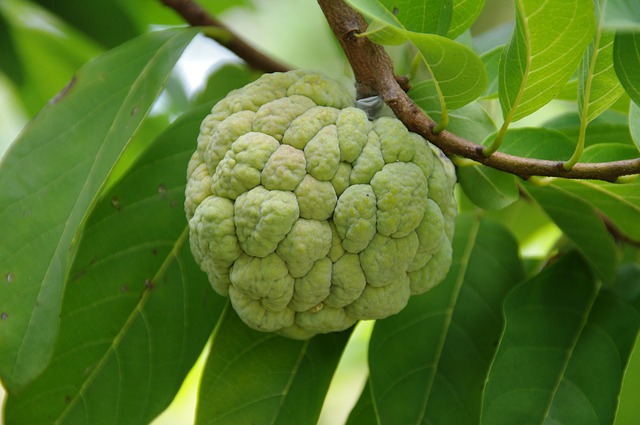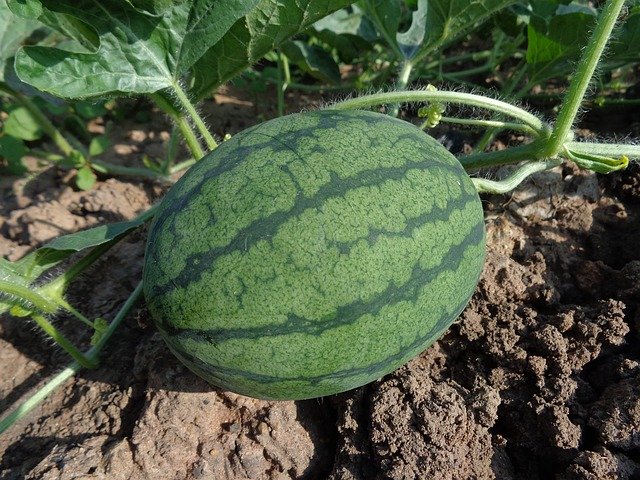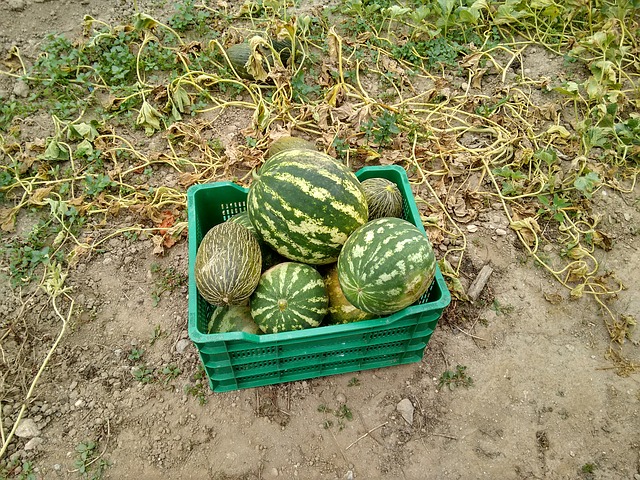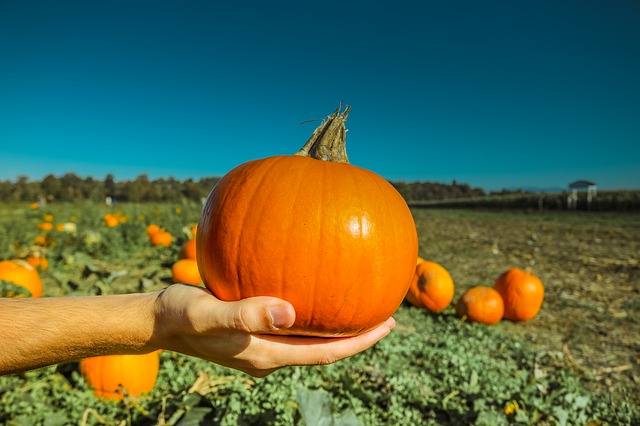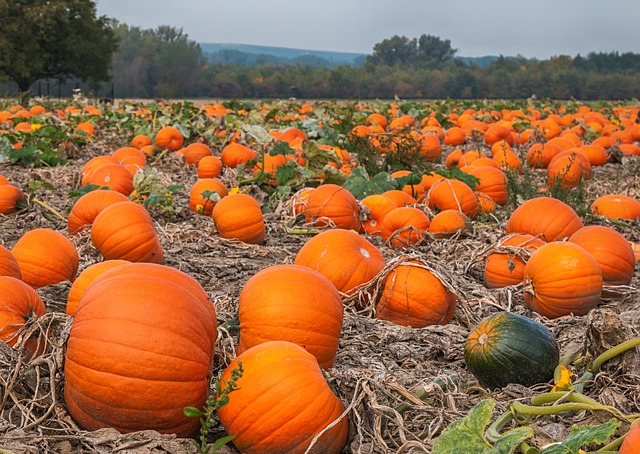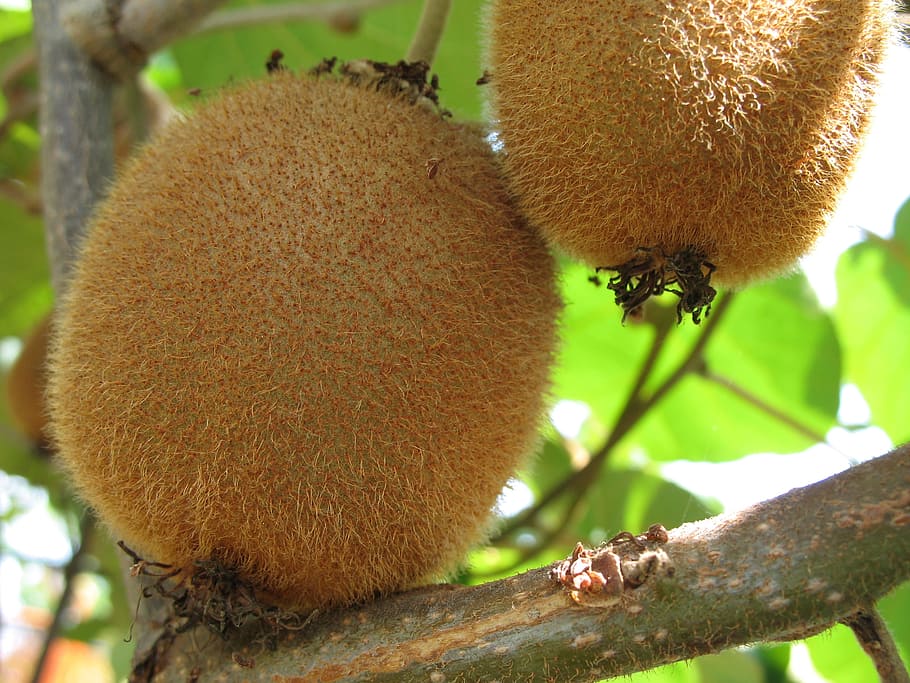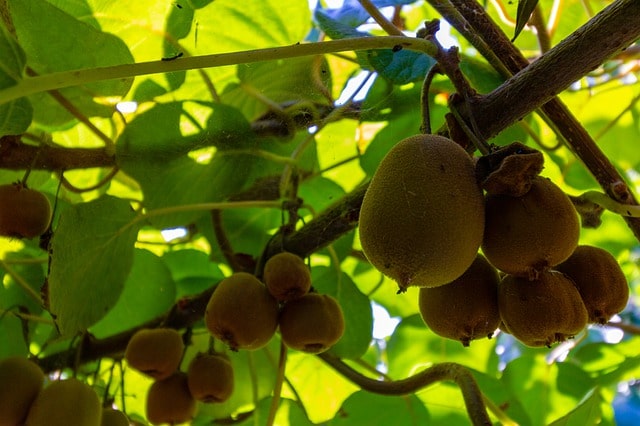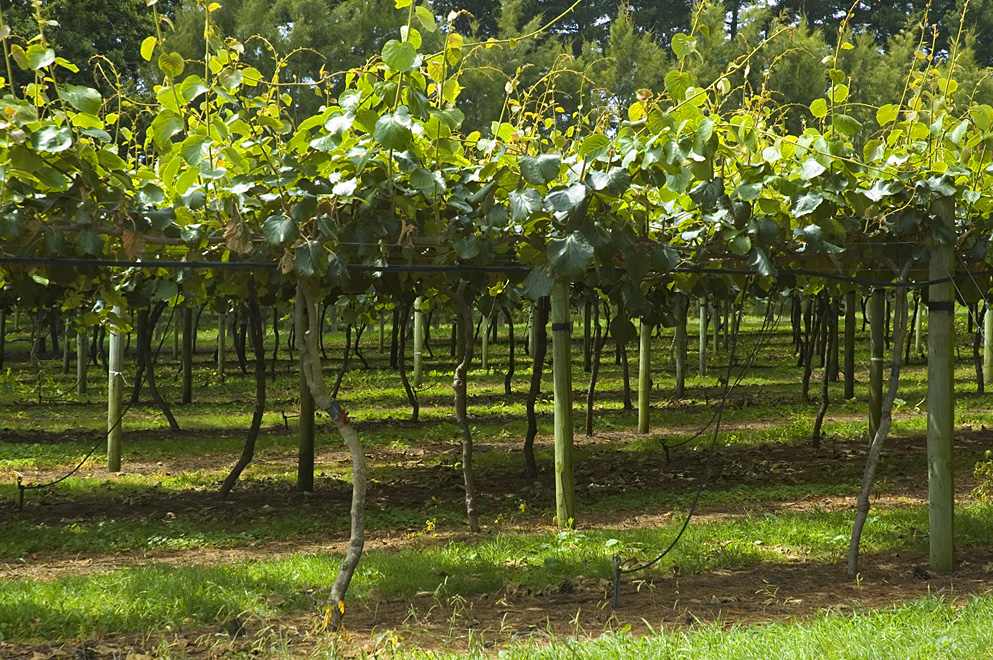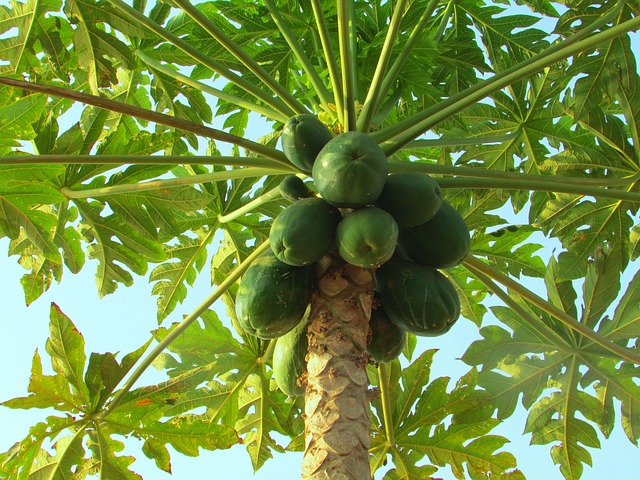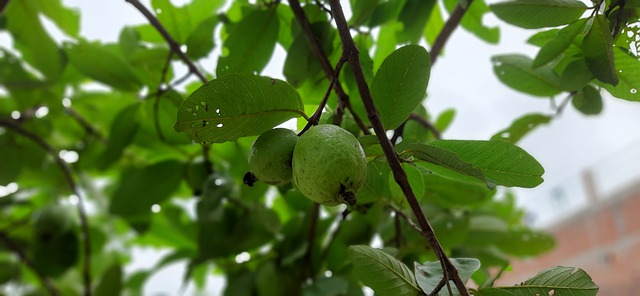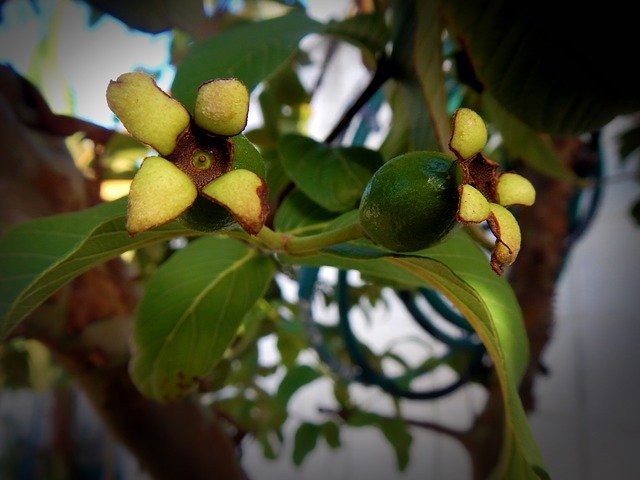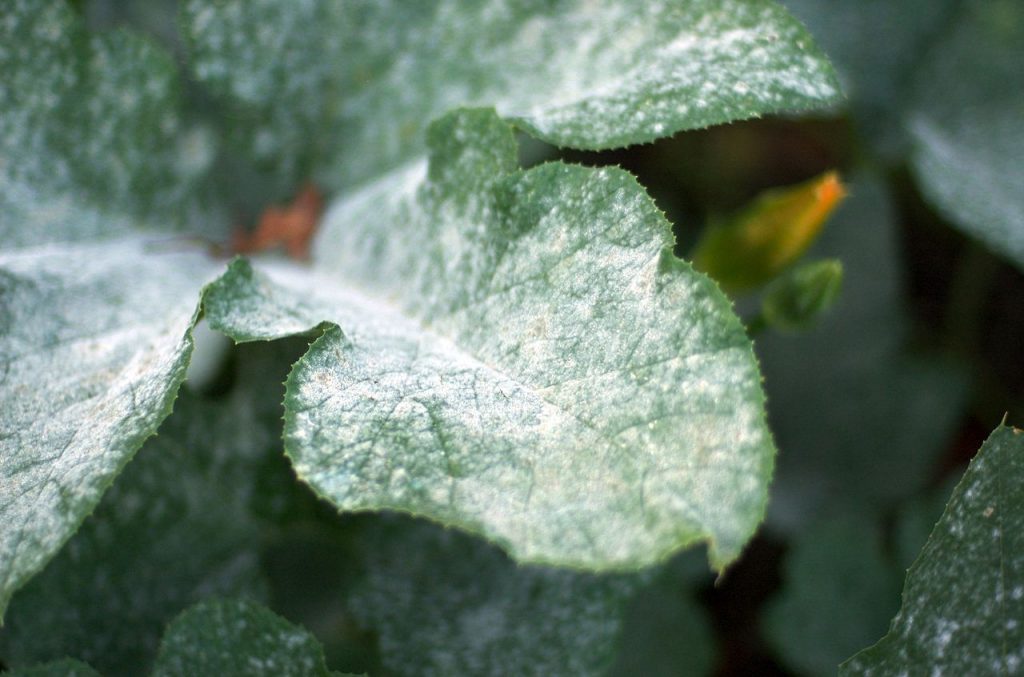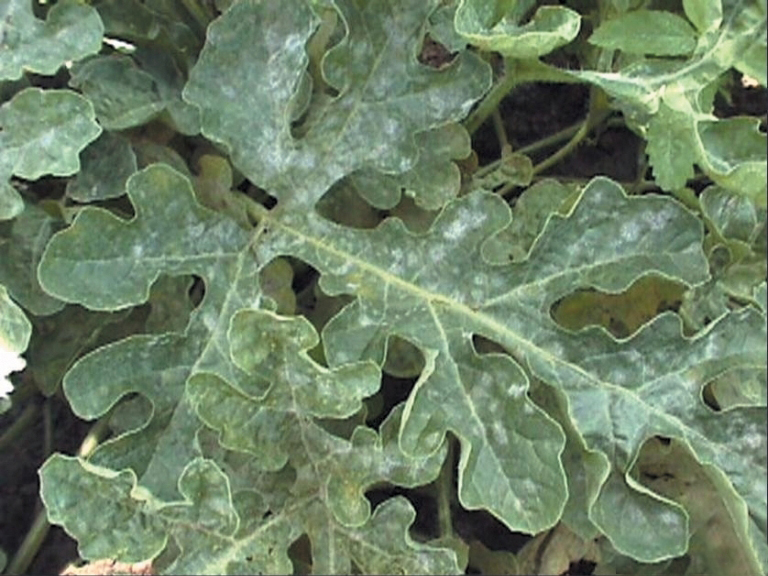Do you ever realize that what happens to your body after eating an avocado? The fruit is loaded with fiber just like many other vegetables and fruits. Besides, the potassium-rich avocado helps to reduce the blood pressure and, regular use of avocado attenuates weight gain to normal individuals over time.
Meanwhile, it is interesting to know where avocado grow.
This fruit crop is native to tropical America. And, it has been grown in Mexico initially, later it expanded to Central America as well as surrounding areas. Today, it is grown in the USA, Dominican Republic India, Colombia, New Zealand, Indonesia, Brazil, and many other countries, all over the world.
Also Read: Farming Orange for a Perfect Citrus
This fruit is a single seed and is primarily eaten for its outstanding health content. Avocados can be a portion of a superfood diet, loaded with nutrients, many of which are lacking in the contemporary diet.
Initially, the avocado trees were planted to protect the other crops. Today, however, this fruit is mainly cultivated as a cash crop. It can thrive in all climates and environments. Moreover, the capital required for the cultivation of avocado fruit is less and it provides the greatest return on a successful yield in a season.
Today, it is the best decision to start a business venture of avocado farming because the starting cost for growing an avocado tree is relatively less to other fruit plants.
Moreover, this fruit crop needs little care and maintenance to reach the highest fruit yield.
Growing Avocado Tree
It is hard to deny the nutritious value of the avocados. But, in case, you are contemplating avocado farming. It requires huge patience. And, once a plant starts to produce fruits, you will not regret your decision.
The price of avocado is relatively high because of its high consumption and nutritious values. The high demand for this healthy fruit is determined by its benefit to the human body.
The growth of a successful avocado farm depends on proper preparation and the right place.
Deciding the site for avocado trees
The atmosphere and weather play the most critical role in the growth of an avocado tree. There is a need for suitable climate conditions for the safe growth of plants and optimal yield in the case of commercial production.
The temperature varying from 15 degrees Celsius to 30 degrees Celsius is the finest for the avocado farming.
It is recommended throughout cultivation time. This signifies that throughout its whole existence a pleasant environment is expected.
It is noteworthy that if the temperature falls below freezing or increases above 40 degrees Celsius, avocado trees tend to die.
In the short period of spring, when the flowers bloom, if the weather gets cooler and rainy, bees won’t come to the air and eventually, fruits won’t flourish.
Just like other crops, avocado cultivation thrives well in highly organic and fertile soil. In the process of determining the quality of soils, it highly recommended getting the soil tested for the exact information for nutrients presence.
This helps in adding the appropriate amount of fertilizer to your field. Thus, at the time of soil preparation, the shortage of micronutrients and macronutrients may be covered.
Avocado trees and plants can grow to red soil, dark brown soil or in almost any kind of soil even the reddish-brown soil.
However, the safest way to high yield is developing avocado plants or trees on reddish-brown soil or dark brown soil.
As soil is the most crucial criterion when deciding a place. The avocados are highly responsive to poor drainage and sensitive to the Phytophthora which thrives in poorly drained soils.
Moreover, the soil should be rendered in such a manner that there is no issue with water stagnation. The soil’s strength and efficiency must also be strengthened by well-rotting manure.
It is worth to avoid windy areas. Placing the plant on slopes faced away from the winds and discard planting on western slopes in warm areas as the sun may be very warm and could sunburnt fruits. It is appropriate to sow windbreaks for securing your trees from the heavy winds.
How to Plant Avocado
Choosing the variety for avocado farming
The avocado has several varieties to choose from but Hass is better than the others because it has the potential to grow year long.
Moreover, it contains more than twenty percent oil with high-fat flesh and buttery texture. While the rough and robust surface makes durable to transport.
Method of Propagation
If you are trying to establish a commercial farm it worth use the grafting method and budding method for plantation of an avocado tree. The plantation with grafting method also assures stable growth and early fruit-bearing in the crop.
While growing an avocado from the seeds require a different level of care and maintenance. You may have to wait for several years with the seedling before you see the fruits.
How to graft the avocado tree?
The major commercial production of avocados comes from grafted avocado plants. Yet, it is not feasible to say in the avocado cultivation that anyone can graft them.
In this process, one young tree is combined with a separately obtained branch contains single and multiple buds.
As both of them grow together, a reinvented tree is produced. However, when grafting, if the scion is grafted near the base plant’s root, but still on a stem, it has a higher chance of success.
If you want to do it on your own, follow these steps carefully.
- Make a vertical cut in the center of the stem
- Next, interpolate one or two externally obtained branches with healthy buds in this cut,
- Including two or three buds into stems increase the chances of success
Planting Distance
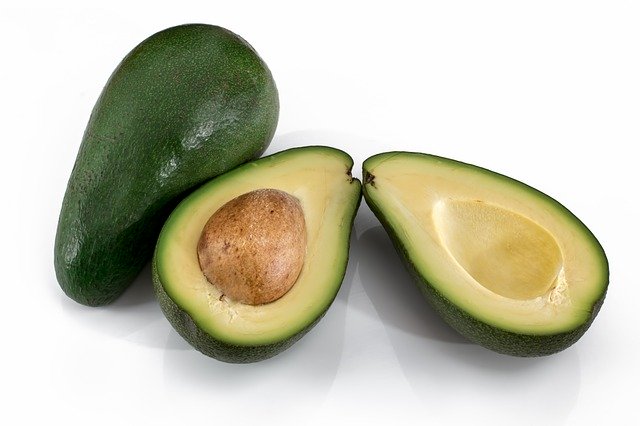
The distance between plants is crucial in avocado farming because the avocado is a long term crop. And, it would be wise to make sure that there should be enough plants on the farm, so recovery is possible in case some plants do not succeed in the case of the grafting.
While one can decide the density for the plants and each method have its pros and cons.
1. High Density
In high-density plantings, ensure that two trees have the distance from the 3m to 6m. Such plants give fruits earlier than the others but they require pruning of plants at a certain period. While in warmer areas, it is not suitable to grow avocado too much dense.
2. Low Density
In low-density plantings, ensure that two trees have a distance ranging between the 8m to 10m. They are easier to manage but might have high maintenance costs because trees have much space between them that allows sunburn or birds to deter the fruit more than the others.
The medium-density spacing, for example, 6m to 8m, works as a solution to the multiple problems for the spacing.
Must Read : How To Do Watermelon Farming
In total, an avocado tree requires about 10 years to be able to produce fruit.
Nowadays, however, with an improved avocado variety, the planting of commercial avocados will yield fruit in their plant age 4-5 years.
Irrigation of avocado trees
Systematic irrigation has a strong effect on avocado cultivation. For the successful planting, it is recommended to give water to this seed just after the planting. Then, try to irrigate the seed at a period of three or four weeks. During the hot and dry season, the crop requires to be irrigated more frequently such as two-three weeks.
Besides, in cold weather, it is worth doing the mulching. For this, shade the plants with dry leaves and grass.
Fertilization
Relevant manure and fertilizers play a significant role in increasing productivity up to several times. This crop reacted quite well to the high nitrogen content of the high manure. Potash, Potassium, and Phosphorus are needed in an equal portion for new plants.
Diseases in Avocado Farming
1. Phytophthora root rot
Root rot, caused by the soil-borne Phytophthora fungus, is very prone to avocado plants. It requires continuous care. Once infected, the tree would disregard an appropriate root structure and would not be able to function without root maintenance.
Chemical root treatment, as well as replanting, could help to cure this disease.
2. Tree Cankers
Sores are considerably not so serious; however, they are extremely visible. In some cases, these sores, especially in the trunk, can leak gum. The cankers can cut out the branches.
3. Sun blotch
The dangerous incurable illness can affect avocado tree farming. Fruits generally are scarred, twigs can become red or yellow or triangular cracks in the bark. Infected trees are typically smaller, but they do not show any sign than the reduction in the yield.
4. Pests
Tree borers, caterpillars, or mites can destroy the growth of the plant as well as fruit. Thus, it is recommended to spray a considerable amount of insecticide to prevent any harmful pest or insect.
The avocados should be picked at a mature age in avocado farming California. Once the color of the fruits changed in the case of green to yellow, the fruits get maturity.

